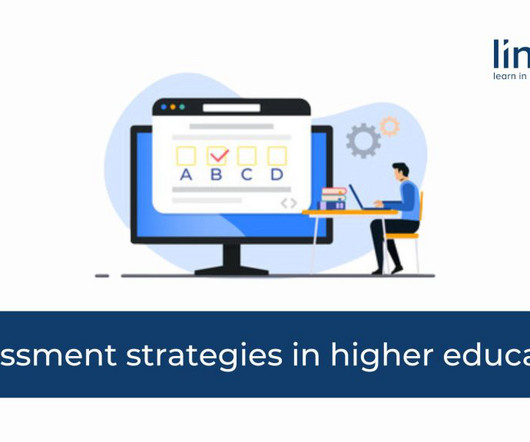Implementing education technology by pursuing technology education: Professional Development ideas for educators
Neo LMS
JUNE 16, 2020
Technology plays a prominent role in the modern classroom. Education technology tools and solutions are becoming commonplace and widespread. As a result, educators must stay on top of trends and pursue ongoing learning in technology. As members, educators can take part in events, forums, seminars, training and more.

































Let's personalize your content